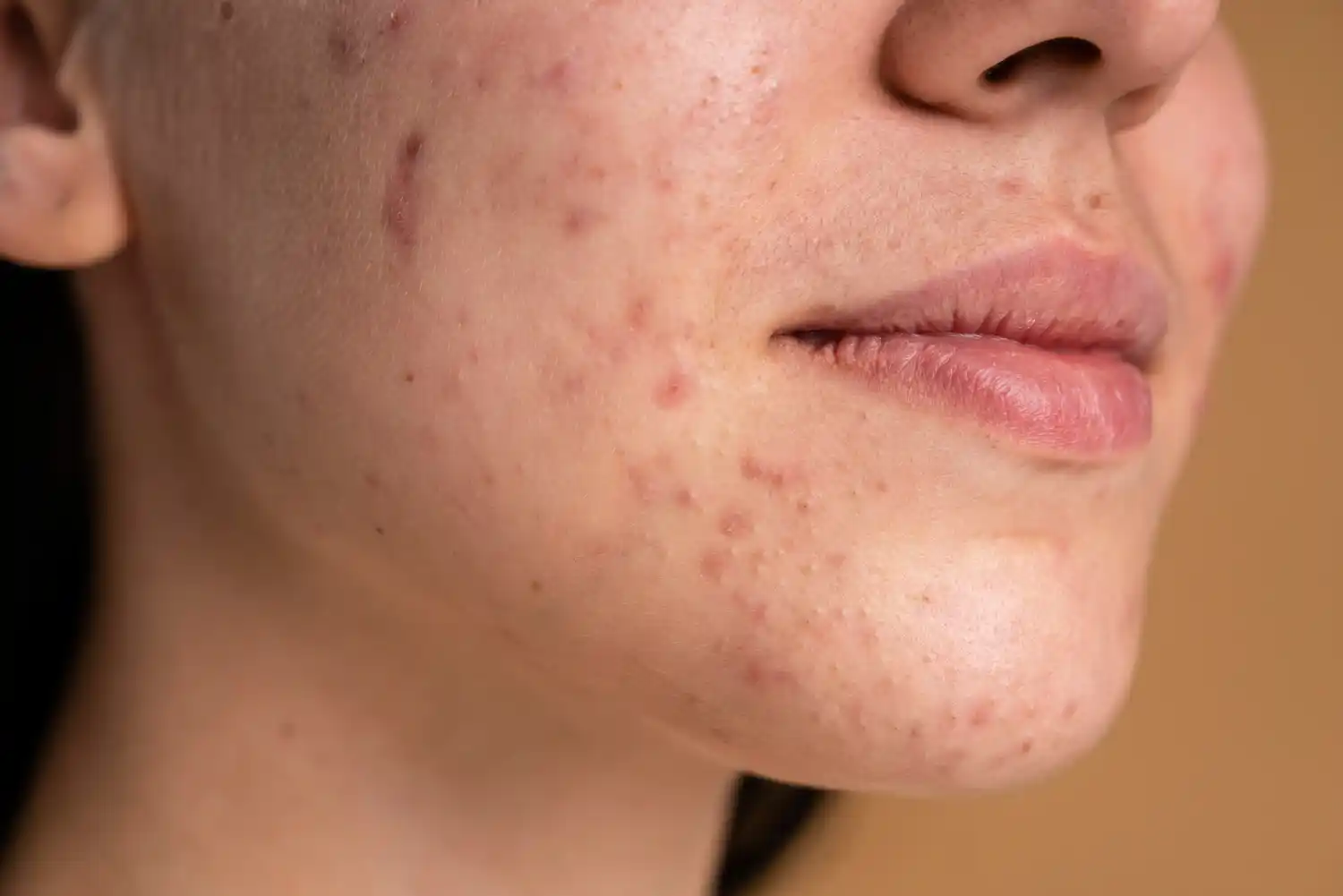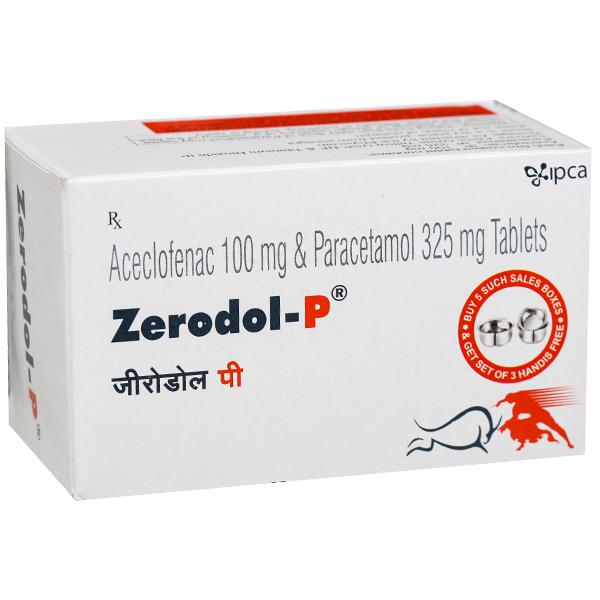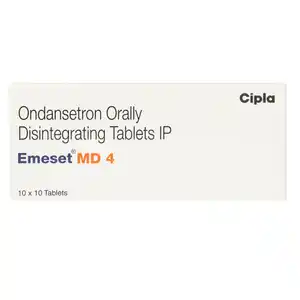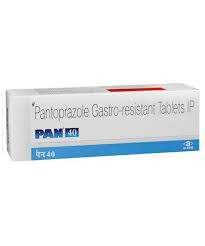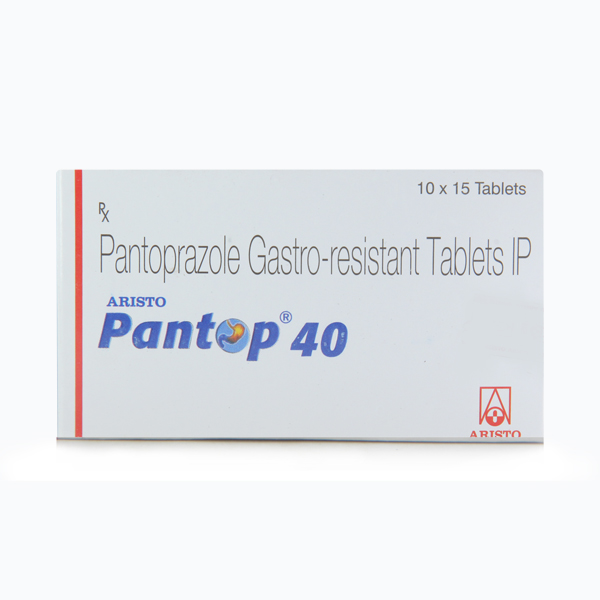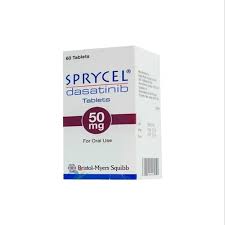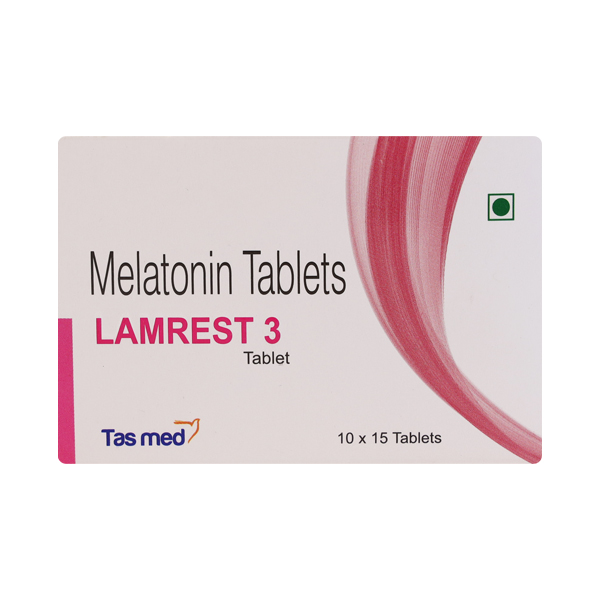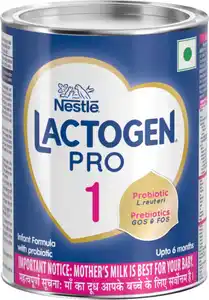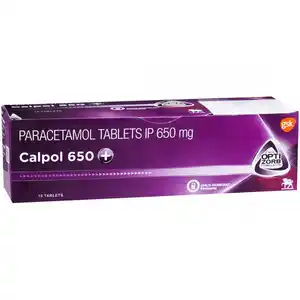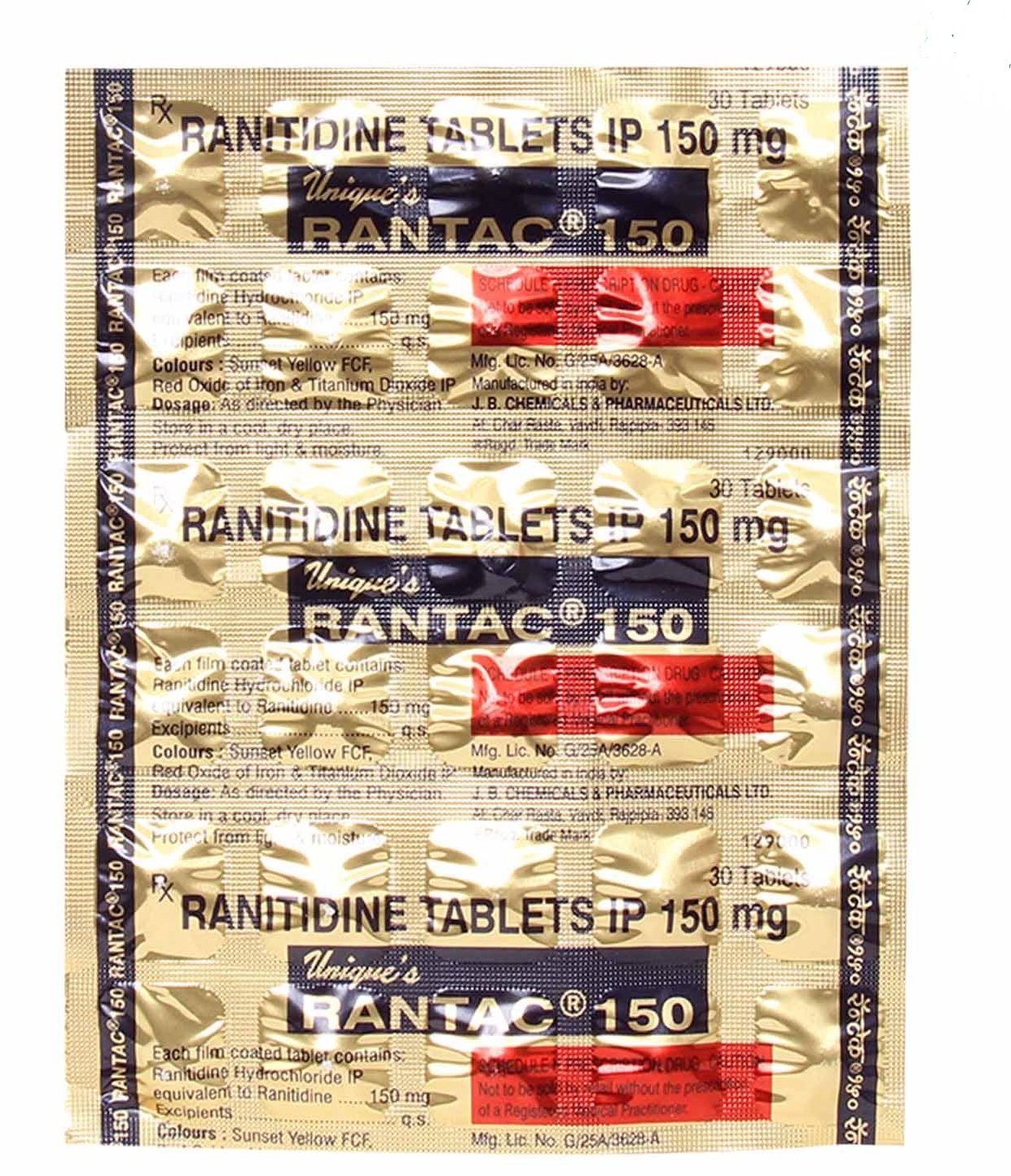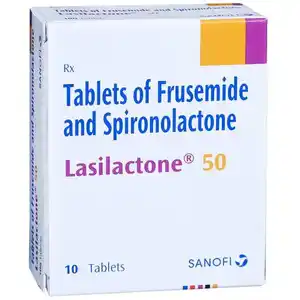In this blog
Acne: Causes, Treatments, and Self-Care Tips
Acne, or acne vulgaris, is a common skin condition that affects a lot of people. It is characterized by pimples, blackheads, and whiteheads, which can appear on the face, neck, chest, back, and shoulders. While acne is usually triggered during adolescence by a bacteria called Cutibacterium acnes, and is often associated with it, it can affect people of all ages.
This blog post will discuss the causes of acne, explore various treatment options, and provide practical self-care tips to help you manage acne and improve your skin.
What Causes Acne?
Acne occurs when hair follicles become clogged with oil and dead skin cells. This can lead to inflammation and the formation of various types of acne lesions:
- Blackheads: Open comedones that appear black due to oxidation of sebum.
- Whiteheads: Closed comedones that appear as small, white bumps.
- Papules: Small, red, tender bumps.
- Pustules: Similar to papules but with a white or yellow pus-filled center.
- Nodules: Large, solid, painful lumps beneath the skin.
- Cysts: Painful, pus-filled lesions that can cause scarring.
Several factors contribute to acne development:
Excess oil production:
Overactive sebaceous glands produce more sebum, increasing the likelihood of clogged pores.
Hormonal changes:
Fluctuations in hormone levels, such as during puberty, menstruation, or pregnancy, can trigger acne breakouts.
Bacteria:
Propionibacterium acnes (P. acnes) is a bacterium that thrives in clogged pores and contributes to inflammation.
Genetics:
A family history of acne can increase your risk.
Certain medications:
Some medications, like corticosteroids and lithium, can trigger acne.
Diet:
While the link is still debated, some studies suggest that high-glycemic foods and dairy may worsen acne.
Treatment Options for Acne
Acne vulgaris treatments involve different approaches and their choice varies depending on the severity of the condition. Options include:
I. Over-the-counter (OTC) products
Benzoyl peroxide, salicylic acid, and retinoids are common ingredients in OTC acne treatments.
II. Prescription medications
Medicines such as topical or oral antibiotics, retinoids, hormonal therapies (like birth control pills), and isotretinoin are prescribed for moderate to severe acne.
III. In-office procedures
Dermatologists may offer chemical peels, microdermabrasion, laser treatments, or extractions to manage acne.
Effective Self-Care Tips for Clearer Skin
1. Wash your face twice daily. Use a gentle cleanser and lukewarm water.
2. Avoid harsh scrubbing on your face and other acne-prone areas. This can irritate the skin and worsen acne.
3. Moisturize regularly. Choose oil-free, non-comedogenic products.
4. Keep your hands off your face. Touching your face can transfer bacteria and dirt.
5. Avoid picking or squeezing pimples. This can lead to scarring and further inflammation.
6. Choose makeup carefully. Stick to oil-free, non-comedogenic makeup products.
7. Cleanse your makeup brushes regularly. Bacteria can build up on brushes and contribute to breakouts.
8. Protect your skin from the sun. Use a broad-spectrum sunscreen with an SPF of 30 or higher.
9. Manage stress as it can worsen acne. Practice relaxation techniques like yoga or meditation.
10. Eat a healthy diet. Focus on fruits, vegetables, and whole grains.
11. Stay hydrated by drinking plenty of water throughout the day.
Final Word
Acne is a prevalent skin condition that can be effectively managed with the right approach. Understanding the causes, treatment options, and practicing good skincare habits can help you achieve clearer, healthier skin. If you have concerns about your acne, consult a dermatologist for personalized advice and treatment.
Looking for affordable medicines and healthcare products but don't know where to buy them? Check out our Dawaa Dost website where we make quality and affordable medicines accessible to all!
Sources
American Academy of Dermatology
Image Source: Freepik

